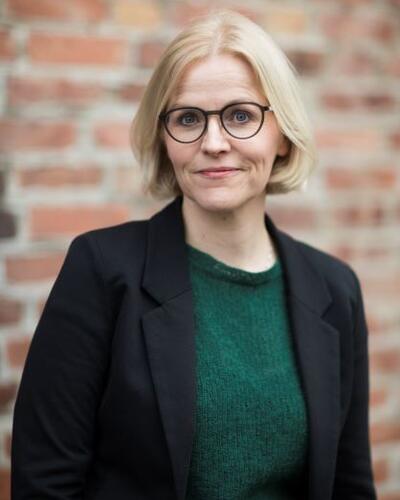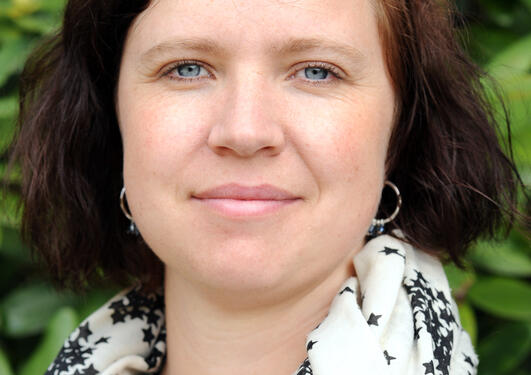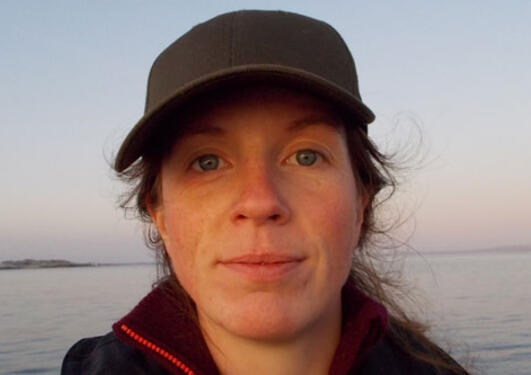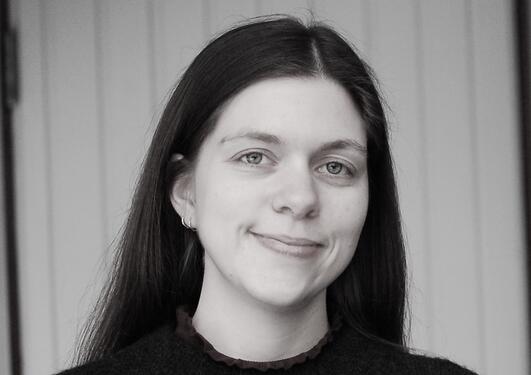Adult Acquisition of Norwegian as a second language (ALAN)
The study will contribute new insights into how a hitherto understudied group adults develop their communicative abilities in a second language in a specific educational context.

Main content
Language skills are critical for reducing inequalities in terms of access to education, employment, societal acceptance and social contact, and good command of the host-country language may compensate for the lack of prior schooling. Accordingly, bringing immigrants, especially those with limited education in their home countries, to a functional level in Norwegian is crucial for their social inclusion in Norwegian society. However, a prerequisite for quality in the education offered to this group of learners is that it builds on relevant knowledge of how they progress through the learning process towards communicative abilities in the L2.
About the project
Second language acquisition (SLA) is the field of research that investigates the human capacity to learn additional languages (L2s) in childhood, adolescence and adulthood. L2 acquisition occurs for many reasons and in contexts that differ immensely in terms of learning conditions. Accordingly, L2 learners comprise a very heterogeneous group of people of different ages, from various backgrounds and with diverse needs and goals. However, the current knowledge base on adult L2 learning is founded on studies in a highly restricted context and on a specific population of L2 learners, comprising middle-class, educated people, and often, the study participants are students in a formal setting.
As most SLA research has been carried out on university students or learners with at least an intermediate or a high level of compulsory education and as educational attainment has not been controlled for in SLA studies, there is a gap in empirical research. This project will contribute to bridging the current gap, with its explicit aim to investigate how adult immigrants with a non-academic background develop communicative abilities in Norwegian as a second language during the first year of formal tuition in Norwegian. This is particularly important because European (OECD, EU 2016, 2019) and Norwegian statistics reveal that host-country language command is positively correlated with educational background and because immigrants who have arrived in Europe over the past 10 years are less likely to be educated beyond the secondary level. In Norway, the percentage that has obtained only primary education is more than twice as large in the refugee population compared with the rest of the population (Statistics Norway, 2020).
In contrast to most of the previous studies on linguistic development in an L2, this study analyses the linguistic development in several dimensions (grammar, vocabulary and pragmatics) by means of an integrated approach and based on a combination of the acquisition theory and theories more informed by the educational context. Accordingly, the study may offer new insights into how adults develop their communicative abilities in a specific context, as well as the composition of these abilities.
The project will also include the effects of target-language variation, constituting an aspect that has not been pursued in second language learning research. The learners will be recruited from learning centres located in two different dialect areas (Western Norwegian and Eastern Norwegian) for the possibility to account for the effects of the target-language variation that characterises the Norwegian speech community. Norway represents an ideal test case of studies on input variation, and the project results may fruitfully be translated into the contexts of countries with similar or lower degrees of dialectal variation.
The collected oral data will be made available by the compilation of a new searchable online corpus, Munnleg andrespråkskorpus (MASK), accessible through the Norwegian part of the CLARIN European Research Infrastructure Consortium (ERIC). This will enable students, teachers and researchers to investigate the acquisition of Norwegian as an L2 based on data that until now have been scarce in Norwegian SLA research, involving longitudinal data, the initial phase and oral skills.
Participants and collaborators
The project owner is University of Bergen; Østfold University College is collaborating partner in the project.
Project leadership:
- Ann-Kristin Helland Gujord (University of Bergen)
- Åshild Søfteland (Østfold University College)
- Linda Evenstad Emilsen (Østfold University College)
PhD Candidates:
- Anna-Marie Kjøde Olsen (University of Bergen)
- Malin Bakke Frøystadvåg (Østfold University College)
Research assistant:
Stine Gjesholm (University of Bergen)
In addition, the project group is complemented by a reference group consisting of international researchers:
- Ragnar Arntzen (Østfold University College)
- Catrin Norrby (Stockholm University)
- Anne Golden (University of Oslo, Center for Multilingualism in Society across the Lifespan)
- Martha Young-Scholten (Newcastle University)
- Aarnes Gudmestad (Virginia Tech)
- Marcus Callies (University of Bremen)
- Egle Mocciaro (Masaryk University)
- Guri Bordal Steien (Inland Norway University of Applied Sciences)
The transcribed data will be handed over to The CLARINO Bergen Centre, which will be responsible for encoding and organising the speech files, the transcription and the metadata in a corpus (MASK) that will be imported into CLARINO.
Research questions
The overall quest of the research project is formulated in this main research question: How do adult learners with limited educational backgrounds develop their communicative abilities in L2 Norwegian? To answer this, the following sub-questions will be investigated:
- How do the learners develop their skills in the three domains of grammar, vocabulary and pragmatics in terms of common paths and individual variations?
- How and to what extent does the development of the three domains of grammar, vocabulary and pragmatics interact?
- How and to what extent is the composition of communicative ability either similar or different among the individual learners?
- What (potential) dialect features can we trace in the learners’ linguistic output, and how are those features possibly results of the input in their learning environment?
Data and method
Norwegian language training for immigrants is regulated in the Introduction Act (2003), which stipulates that new immigrants between 18 and 67 years old, who need to obtain basic qualifications, have the right and the obligation to participate in a two-year introductory programme. The L2 learners in the proposed project will be recruited from track 2 because research on this learner group is particularly scarce in Norway (Randen et al., 2018). Participants in track 2 have the common characteristics of literacy in at least one language (usually their first language) and limited schooling in their home country. The participants selected for this project should have a maximum of ten years of education; usually learners in this group will have finished up to lower secondary school level. These persons are defined as ‘low educated’ in both the immigration statistics (e.g., EU-OECD, 2016) and the SLA literature (e.g., Van de Craats et al., 2006). We aim to recruit 25 participants at each of the two learning centres, situated respectively in Bergen, a city in Western Norway, and Østfold, a city in Eastern Norway (50 participants in total). We will have two native control groups recruited among students (whose first language is Norwegian) in vocational classes in the same areas where the L2 learners are taught Norwegian. The control informants will perform parts of the tasks, and the purpose is to control for the variations in the target language in terms of grammaticality, language use and dialect variation.
The data will be collected at four points in time during the first year of tuition in Norwegian (10 months) and organised in a separate work package. The following methods will be employed:
- analyses of two types of oral narratives, based on experience (e.g., my first childhood memory) and on retelling of film clips (e.g., film clips from Charlie Chaplin);
- analyses of the language that the participants produce and understand in communicative tasks designed to invite them to cooperate, negotiate and agree according to a specific challenge (e.g., discourse completion task, role plays, map tasks);
- analyses of the responses in tasks designed to extract information about the participants’ knowledge of specific linguistic items and features in Norwegian; and
- at the end of the data collection, interviews with the participants regarding their backgrounds and language learning process.




